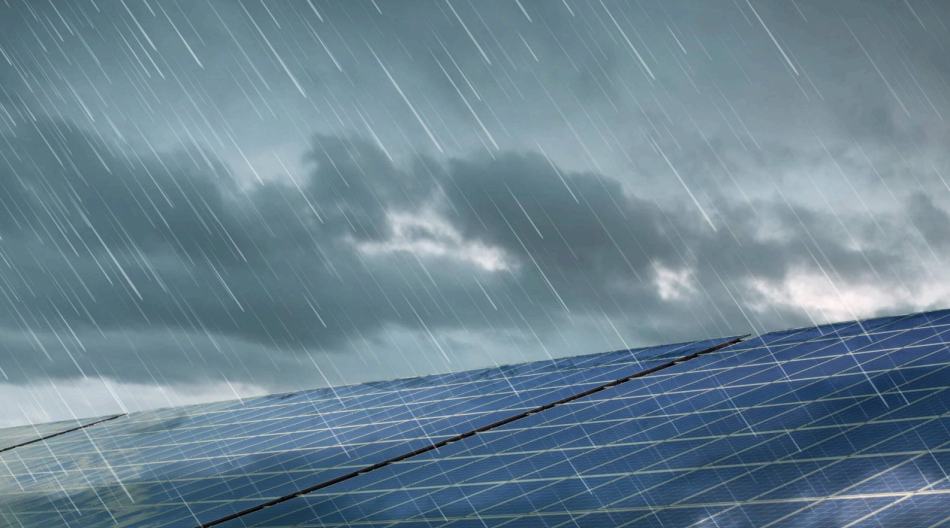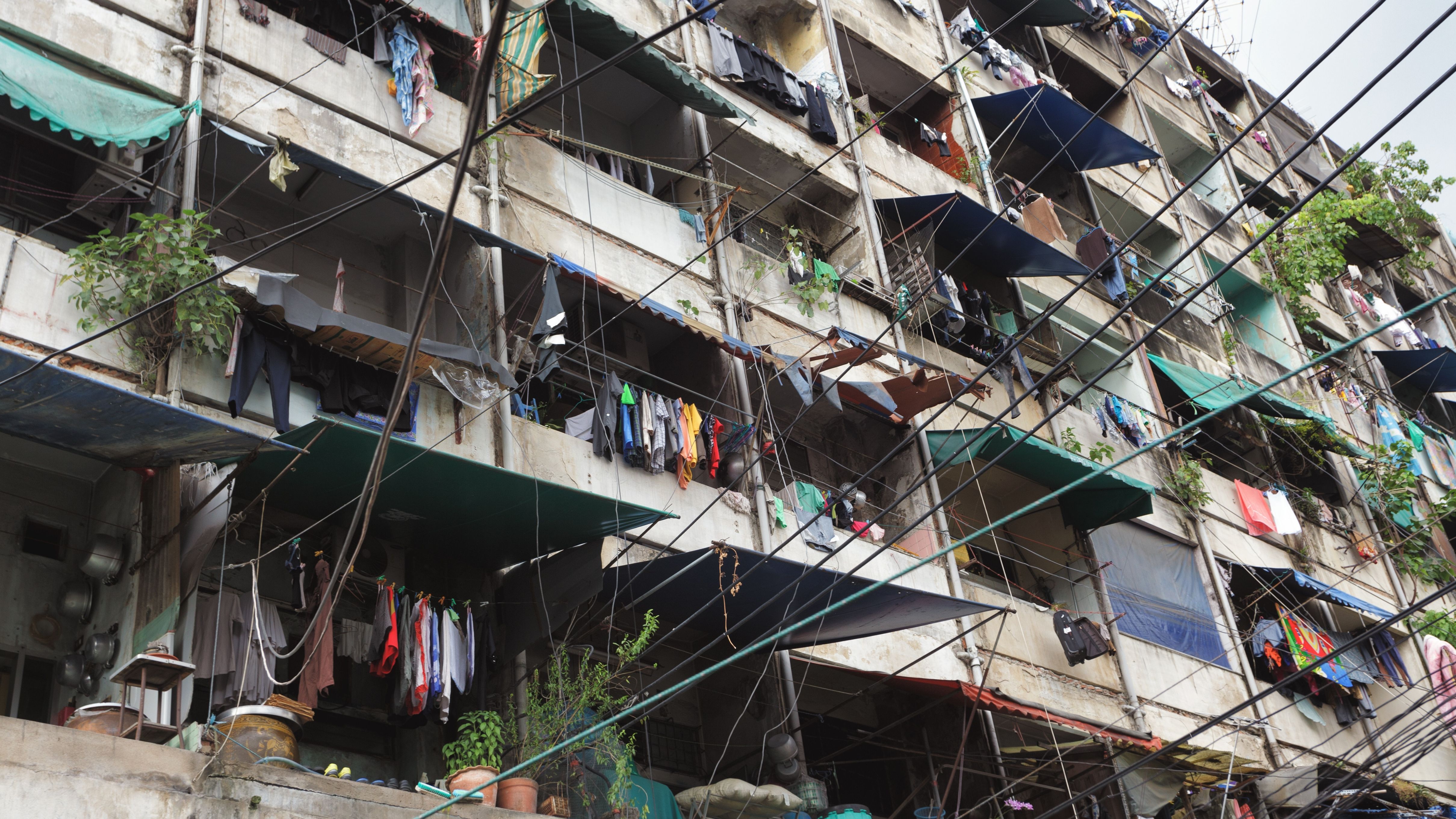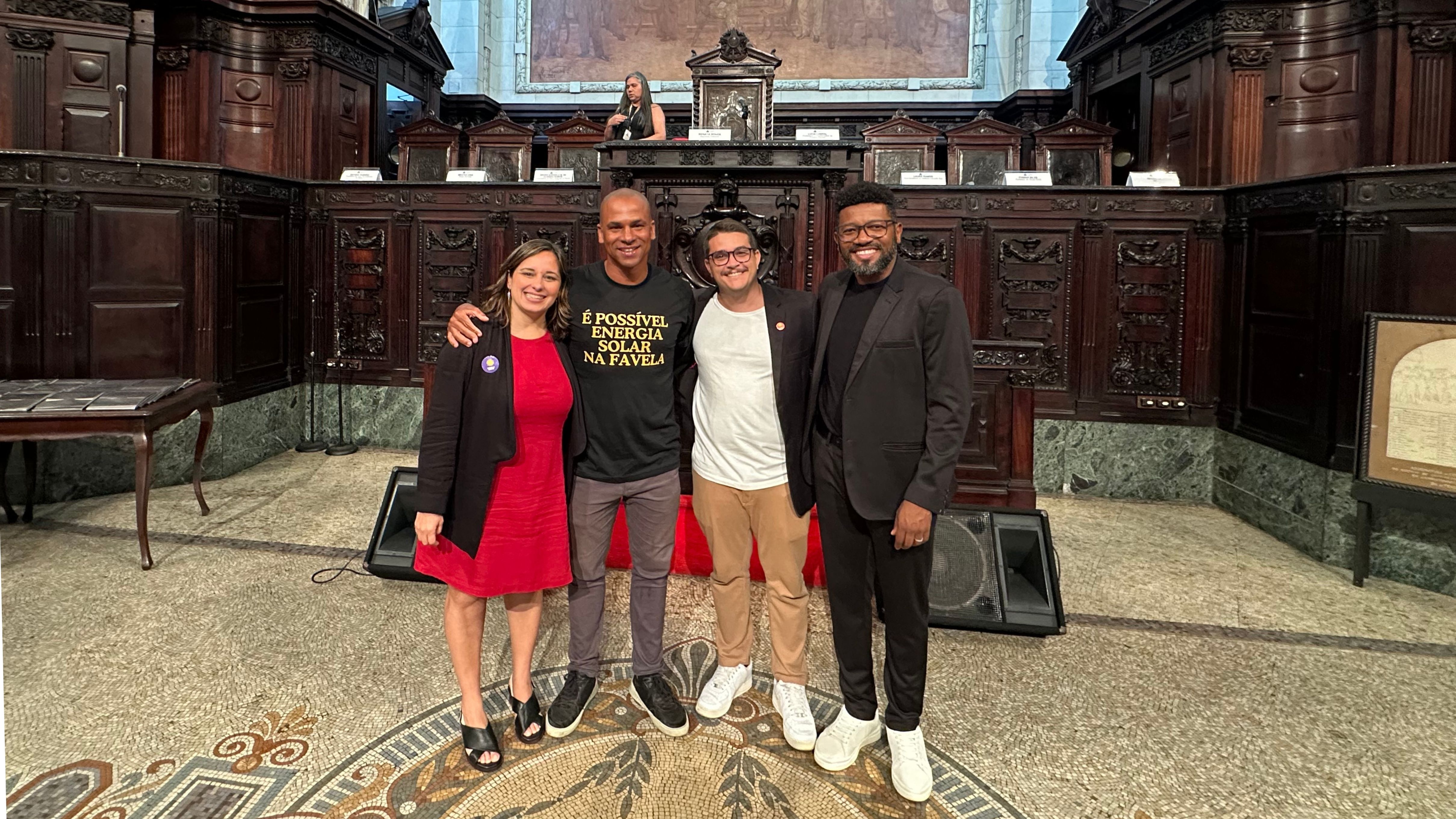The heavy rains that hit the north coast of São Paulo during the 2023 Carnival left a trail of destruction: at least 65 people died and more than 4,000 were left homeless or evicted. Many of these families have lost everything they built during their working lives and do not know if they will be able to return to their homes — nor how to rebuild what was destroyed. The images of floods and landslides, increasingly common in Brazil during the summer, took on even more dramatic contours with the warning of National Center for Monitoring and Alerting of Natural Disasters (Cemaden): the cumulative volume of 682 mm of rain in 24 hours registered in Bertioga (SP) was the largest ever measured in the country, surpassing the previous record for the Petrópolis (RJ) tragedy in 2022, with 530 mm.
The historical series of weather records shows that storms are becoming more intense and frequent. Since October 2021, Brazil has been counting 11 disasters caused by heavy rains, with almost 500 deaths due to floods or landslides — a number that does not include the victims of the most recent disaster on the São Paulo coast. According to Cemaden, there are today about 40 thousand risk areas mapped in the country, where more than 10 million people.
These geological and social conditions need to be seriously considered in urban planning, especially as vulnerable areas continue to be occupied. without adequate oversight.
It's time to stop blaming nature - and take action
Despite the alarming numbers, Brazil still does not have an effective public policy for prevent new tragedies and save lives. Cemaden reported that the government of the state of São Paulo and the city of São Sebastião were alerted with two days in advance about the risk of disaster, including direct mention of Vila do Sahy, where more than 30 people died. However, residents claim that they were not notified by the Civil Defense and that there was no request to leave their homes.
Experts point out that alert messages They're not clear enough, and the population You don't know how to react, because Did not receive adequate training. It is necessary to stop blaming natural phenomena and recognize that many of the so-called “natural disasters” are, in fact, social disasters. Effective public policies can prevent worst-case scenarios and mitigate impacts.
With the worsening of climate crisis, it is urgent to adopt a sustainable development model that includes risk reduction, climate adaptation and just energy transition policies.
Intensification of the climate crisis and the urgency of action
Changes in global climate, driven by Warming of the Earth's atmosphere, cause increasingly extreme events, such as the heavy rains we saw in Bertioga. To face these effects, it is necessary to act on two fronts: mitigation and adaption.
Na mitigation agenda, the focus is on reducing the concentration of greenhouse gases (GHG), responsible for global warming. Priority actions include:
- Reduction of emissions, through energy transition to clean and low carbon sources;
- Reforestation and ecosystem regeneration, such as forests and mangroves, which capture carbon from the atmosphere.
-
Na Adaptation schedule, the objective is to prepare for the impacts that They are already happening and that tend to intensify. It is essential to:
- Create climate adaptation plans;
- Invest in decent and safe housing to remove families from risky areas;
- Promote community education and training, siren warning systems, signposted evacuation routes and safe places;
- Perform drainage and sewerage works;
- Encourage reforestation of slopes, because trees help contain erosion and prevent landslides, in addition to capturing CO₂ from the atmosphere.
The role of solar energy
A solar energy is a powerful ally in climate crisis mitigation and adaptation agendas.
On the mitigation side, it is a source renewable, clean and abundant, which helps reduce greenhouse gas emissions. In Brazil, the dependence on hydroelectric dams — affected by increasingly intense dry periods — has led to the activation of polluting thermal power plants. Solar energy reduces this dependence and Diversify the electrical matrix national.
On the adaptation side, to distributed generation — the one made close to the place of consumption — increases resilience of communities in times of crisis. In remote areas or areas with poor infrastructure, this can mean the difference between the operation of essential equipment or the complete collapse of daily life.
As average temperatures rise, so does the need for thermal comfort, especially for the health and well-being of vulnerable populations. But the use of fans, air conditioners, and refrigerators Get more expensive electricity bills. With solar systems on-grid, families can generate part of the energy they consume and receive bill discounts. Already with systems Off-grid (offline) or hybrids with batteries, it is possible to guarantee energy even during supply failures, such as floods or storms that bring down the power grid - as occurred on the northern coast of São Paulo.
This model decentralized and resilient strengthens energy security and guarantees greater autonomy to communities, especially in emergency contexts.
Revolusolar's performance
A Revolusolar was born for the purpose of promote the sustainable development of vulnerable territories through solar energy, taking into account social, economic and technological aspects.
For this reason, we have sought dialogue with municipal, state and federal governments to include distributed solar generation in housing programs and community projects. Our goal is to offer:
- Better quality of life;
- Reduction of energy costs;
- Increasing climate resilience for the populations that need it most.
We believe that it is possible - and urgent - to develop public policies that seriously address the climate crisis, bringing more dignity, security and social justice for those who today live in the areas most exposed to risks.





.jpeg)



